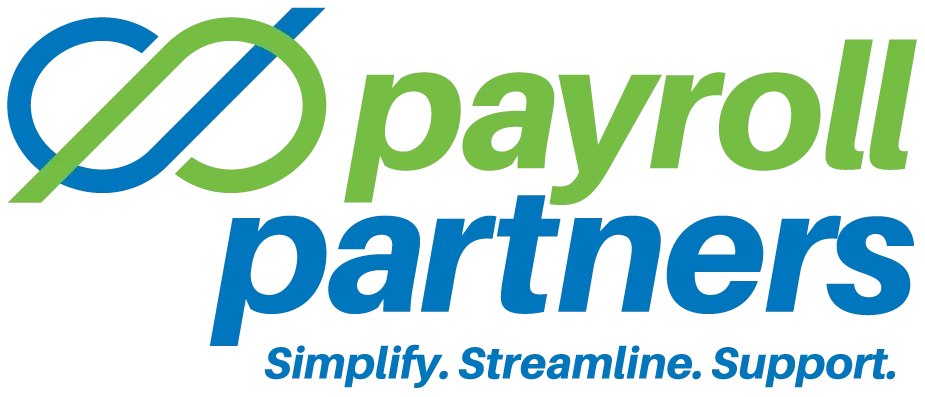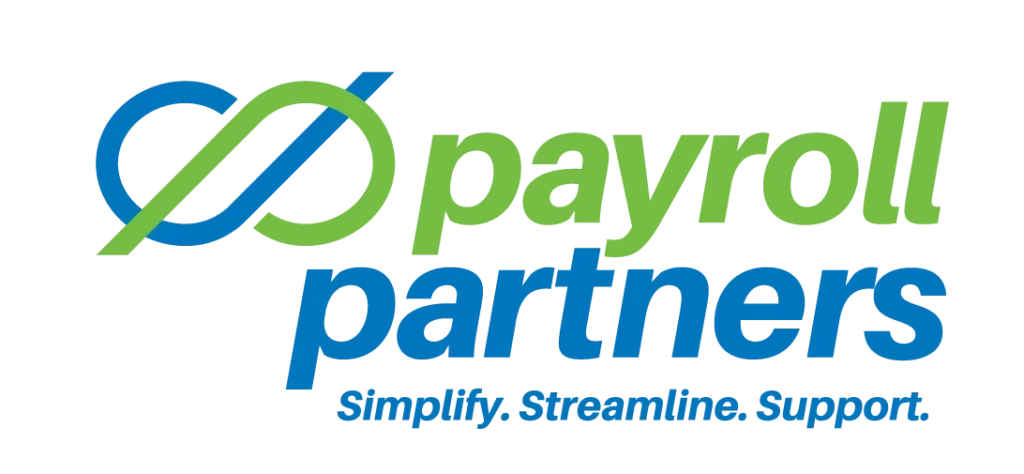Much has been said, and written, about successfully managing remote teams. So, if you are a manager leading remotely, here are the five top things you really need to know – and do.
No-Meeting Day
Companies from Shopify to Facebook to Asana have embraced the “No Meeting Day.” Setting aside one day per week to focus on heads-down work without being interrupted by meetings can increase productivity and reduce stress.
Eight hours of uninterrupted Focus Time means less context switching. Context switching is deadly for focus and productivity. When you switch tasks, part of your brain is still thinking about the previous task. It takes some time for those thoughts to quiet down so you can concentrate fully on the task at hand. In the meantime, your performance suffers. Researchers call this “attention residue.” It takes 25 minutes and 26 seconds on average to get back to the level of efficiency you were at before an interruption. This means task shifting, even briefly, can cost as much as 40% of your productive time. Harvard Business Review found that context switching cost one large software company more than 450 hours per year, per manager.
The other big benefit to a No Meeting Day is that it can help cut down on the number of meetings. The average worker attends 62 meetings per month and considers half of those meetings a waste of time.
Heads down work time
Every calendar needs long blocks of uninterrupted time for heads-down, focused work. Proactively setting aside time for deeply focused, proactive work prevents you from saying yes to too many reactive requests from others.
Set aside 15-20 minutes at the start of your week to proactively plan what you want to accomplish before the end of the week and 15-20 minutes at the end of each week to journal what you accomplished and what got in your way. In the first sit-down, write down what you want and need to accomplish.
People who write down a specific place, date and time for a task are more likely to complete it than those who just think about it. You don’t need to think of every possible task. Just pull together a list of everything you might want to do in the next week.
Then prioritize that list. You could use the Eisenhower Method, for example. You can also look at your annual goals and ask yourself what tasks would help you achieve them.
Once you have your prioritized list of tasks, estimate how much time each task will require. If the task will take more than one session, try breaking it into micro-tasks. Or, decide how long you’d like to spend on each session and how many sessions it will take.
Avoid the Planning Fallacy by doubling or tripling your initial estimates. It’s much more fun to finish a task early and take a break or get started on the next task than it is to have to push everything out.
Last, create calendar events and name them after the task you want to accomplish during that time. Creating calendar events with start and stop times for each task helps you battle perfectionism by deciding ahead of time when you need to wrap up a project. Putting your tasks on your calendar forces you to reckon with the finitude of time. Every block is a zero-sum game, which makes it easier to say “no” to lower value commitments. Plus, scheduling your tasks on your calendar means your colleagues won’t schedule over them.
Mental health support
COVID-19 is taking a massive toll on workers’ mental health, with 86% of Americans worried about Coronavirus. Workers are busier than ever, especially working mothers. In an April study, 67% of workers reported higher stress, 57% greater anxiety, and 53% more emotional exhaustion. Other studies show higher rates of depression, PTSD, domestic violence and substance abuse. For 69% of employees in one survey this is the most stressful time of their career while 88% experienced moderate to extreme stress over the past four to six weeks.
It’s heartening to see that over the past two months many companies have deepened and broadened their mental health and well-being benefits. In fact, just over half of employers in one survey said they’d recently introduced new or improved existing emotional and mental health programs.
Benefits you could offer for free or at a large discount:
- Online counseling sessions
- Online meditation classes
- Meditation apps
- Mental health apps
- Remote fitness/yoga classes
- Coping and stress management virtual classes
- Well-being coaching sessions
- Monthly stipend for mental or physical health
Providers include Sleepio, Wellbeats, Modern Health, Thriving Mind, Plum Village’s Zen Meditation app, and Daylight. Making resources available isn’t enough. According to one study, nearly half of workers haven’t heard from their companies about what’s on offer. Workers whose companies have told them are 60% more likely to agree with the statement that their company cares about their wellbeing.
Morale check-ins
In an April study, 75% of workers reported more social isolation since the pandemic started. Nearly a third of employees said they haven’t had any informal contact with their team while working remotely. And socially isolated workers are 19% more likely to say their mental health has declined recently.
Companies have an opportunity to create spaces to bring employees together for socialization.
At Clockwise we do Trivia every Tuesday to connect over something that isn’t work. We’ve also experimented with Drawful and other online games. Some companies are holding online events for employees’ kids as well. Whether it’s virtual happy hours or games, it’s important to get employees talking to each other and having fun regularly to boost morale and mental health.
Regular check-ins are also essential. Nearly 40% of workers say that no one at their company has asked them how they’re doing since the pandemic began. Not shockingly, these workers are 38% more likely to agree that their mental health has declined since they went remote.
And they shouldn’t just be about status updates and projects. They should also be about the worker and how they’re doing. And the person to reach out should be the manager, not HR.
In a Qualtrics survey, people listed HR last among those they’re willing to talk to about mental health concerns, after manager, peers, subordinates, and company executives. Employees with a manager who they say is bad at communicating are nearly a quarter more likely to see their mental health decline.
Mandatory PTO
Clockwise, along with other companies, is implementing mandatory PTO. Most workers are working more hours than ever, and with nowhere to go, they’re less likely than ever to want to take time off. But overwork leads to burnout and depression. Making the time off mandatory and companywide removes any pressure or incentive to work anyway and gives people some much needed rest while also sending a signal that long-term employee well-being is more important than short-term objectives.
We also use Clockwise Slack sync, which adds a symbol next to your teammates’ names in Slack to indicate whether they’re available, in Focus Time, or in a meeting. It’s great for OOO and after hours, especially if teammates are in different time zones.
If you’re out-of-office or otherwise unavailable, it will also automatically turn on Do Not Disturb. Clockwise for Slack will send you a daily forecast of your meetings to help you prepare for your day. And Clockwise will notify you via Slack when your meetings change.
Original content by HRMorning.com – August 6, 2020.
This information is provided with the understanding that Payroll Partners is not rendering legal, human resources, or other professional advice or service. Professional advice on specific issues should be sought from a lawyer, HR consultant or other professional.

